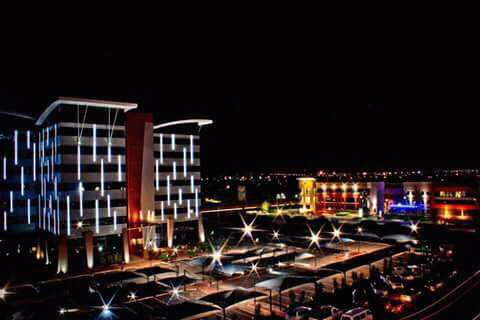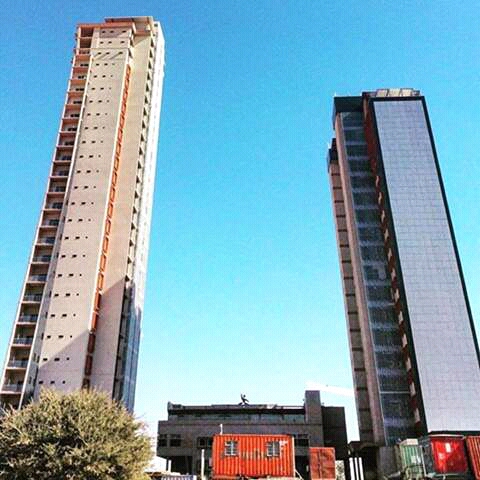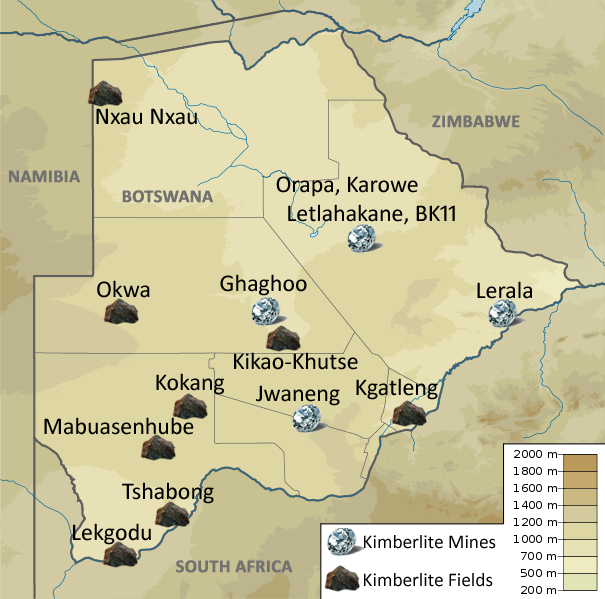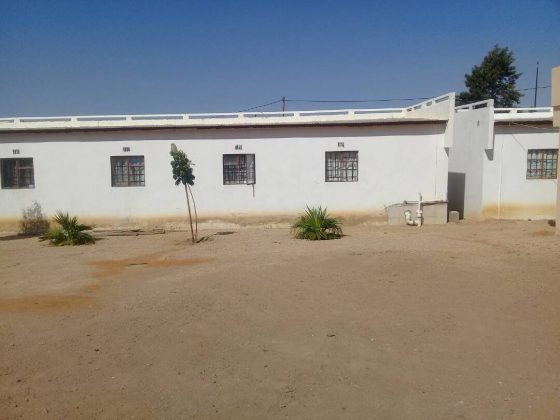
Botswana's fictitious economic miracle
Botswana’s GDP growth from $58 per capita in 1960 to $6,924 in 2016 has been hailed as an economic miracle. Indeed, the country has certainly achieved some huge successes in recent years. Most notable has been its lasting political stability even as the country is endowed with vast natural resource wealth. In most cases in sub-Saharan Africa, rich natural resources have tended to precipitate contrasting fortunes. Most commonly, resource rich countries have regularly fallen foul of the supposed ‘resource curse’. What are we to make of Botswana’s supposed stellar performance?
In his seminal work, ‘How Europe Underdeveloped Africa’, historian Walter Rodney posited a theorem that quantitative change is antecedent to qualitative change. For instance, an incremental decrease in temperature will result in water changing from liquid form to solid form. Applied in the field of development, the theory suggests that as economies grow, qualitative changes should occur-especially in terms of quality of life. Diamond-rich Botswana stands out as an interesting case study for testing such a hypothesis: has its phenomenal GDP per capita growth over the last sixty years resulted in a better quality of life for its citizens? Furthermore, has the GDP growth been followed by structural or qualitative change?

Skyscrapers dot Gaborone’s skyline. Photo credit: Jericho
The establishment of the Batswana nation state
Botswana, once a British colony, attained independence on September 30, 1966. The first general elections in 1965 were won by Sir Seretse Khama, a moderate of the Botswana Democratic Party (BDP), who had warmed to Westminster’s model of governance. This, combined with a more traditional leadership style, ingratiated him with the British. Since then, the BDP has been in power.Despite having been under the rule of one party since independence, analysts widely accept that democracy and economic development in Botswana have not been hampered by such an arrangement.
The incorporation of the Tswana kgotla (a traditional assembly) into government structures meant that the elite of Botswana society took power in 1966 together with their former arch-rival colonialists.This was significant on the one hand because it meant that capitalism had been chosen as the economic order through a continued association with the British values of the day; while on the other hand this hybridity ensured peace and stability amongst the numerous tribes.
Monageng Magalakwe, a Motswana scholar (the singular demonym for a national of Botswana – the plural being Batswana), described the country’s inheritors of state power in 1966 as “medium to large scale cattle owners supplemented by old colonial state bureaucrats and educated stratum”. There were no organised social groups opposed to these dominant classes. Such a consensus did a great deal to secure stability in the newly formed nation state.

A map of Botswana’s diamond mines. Photo credit: Wikipedia Commons.
Growth for whom?
Critics argue that Botswana’s economic miracle is by and large an achievement for the dominant class which has been presented as a national project. Evidence of this can be seen in the levels of inequality and unemployment which persist today.Botswana is ranked in the top five of the most unequal countries in the world, alongside neighbours Namibia and South Africa, suggesting that its riches are enjoyed by a few. Others argue that Botswana has made some efforts to address this yawning inequality. A recent World Bank report estimates that poverty levels have fallen, albeit slightly, from 13.2% in 2013 to an estimated 12.3% in 2018.
What’s more, the country provides near-universal free primary education for its citizens. This is significant given that 22% of sub-Saharan African children have never attended primary school as reported by UNESCO in 2013. Nevertheless, much of this talent is lost due to the lack of employment opportunities. Botswana’s unemployment stands at 17.8% and has been a major problem in the past – averaging 19% between 1991 and 2016 and hitting an all time high of 26% in 2008. The automation of diamond mining operations has worsened the situation because the majority of the labour force is unskilled. Instead, automation has benefited the diamond producers at the expense of labour.
It must not be lost that the greatest beneficiaries and most significant catalysts of economic growth in Botswana has been the diamond mining industry. Botswana’s diamonds are mined by the Oppenheimer-controlled De Beers Group of companies which has been in a joint venture with the Government of the Republic of Botswana since 1992.
Whose Development?
Despite the vast profits made by its diamond industry, it wasn’t until four decades after mining began that Botswana’s first medical school opened in August 2009. The debilitating effects of HIV and AIDS in Botswana have been widely reported and to this day Botswana remains one of the countries most affected by HIV/AIDS in the world. Up to 21.9% of Batswana live with the disease.

Rural areas, such as Mogoditshane, are yet to experience any of the benefits of the diamond boom. Photo credit: Jericho
Many, including the World Bank, argue that Botswana must intensify efforts to diversify its economy away from the diamond industry, for instance through improved agricultural production. Agricultural contribution to GDP has been on the decline since the discovery of diamonds with a third of the country’s population still reliant on subsistence farming. Other sectors have also suffered. The country relies heavily on South African imports for motor cars, all the more so after a local assembly plant was closed down under controversial circumstances in 2000.
Further, marginalised peoples, such as the Kalahari Bushmen, have struggled to find a role in modern Botswana society after having been displaced from their land in order to make way for the Ghaghoo diamond mine – the world’s largest.The Bushmen, indigenous to Southern Africa and leading a largely hunter-gatherer way of life, are predominantly based in the Central Kalahari Game Reserve. The opening of Ghaghoo mine in the centre of this reserve has been accompanied by a government campaign to drive them out of this territory. This has included cutting off their water supply and dismantling homes.
Miracle or Mirage
While Botswana has been lauded as an economic miracle, the nation still encounters many of the problems endemic in states that are overly reliant on exploiting natural resources.Despite impressive economic growth, few would argue that rising per capita income when tempered by increased inequality, unemployment and rampant poverty can be described as development. The bane of GDP is that it does not account for inclusivity. Rather it measures economic output. Given this shortcoming of using GDP growth as an indicator for economic prosperity, it is worth rethinking the so-called economic miracle. Evidently, Botswana’s economic growth has not been accompanied by structural change.
At her wedding in Windsor in May, Meghan Markle will wear a ring sourced from Botswana by her royal husband to-be, who calls the country his ‘second home’. Perhaps this is a fitting tribute to a country whose natural resources have only ever been enjoyed by outsiders.